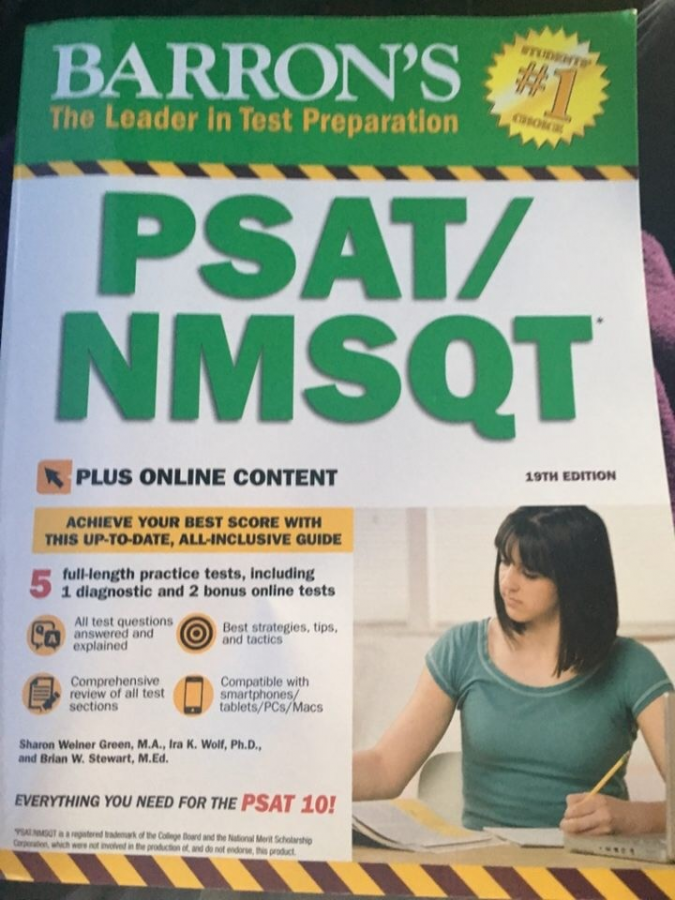SAT vs. ACT
A pivotal part of the college admissions process is standardized tests, more widely known as the ACT and SAT. Students often struggle with deciding which test to take because they do not know how these tests differ. However, there are a multitude of differences between these two arduous exams.
To begin with, both the exams are similar in that they test students’ ability in reading comprehension, math, and an optional writing exam. However, the ACT additionally includes a science and English section. Meanwhile, the SAT includes two math sections: one with a calculator and one without. “For the SAT, the math section is not as challenging,” stated Daisy Puca, a junior. The SAT has a reading section that takes 65 minutes and is comprised of 52 questions; the writing and language portion, which mainly tests grammar, is 35 minutes long; and both sections of the math combined are 55 questions and 80 minutes long. However, “The ACT is comprised of a 35-minute reading test, 45-minute English test, 60-minute math section, and 35-minute science test,” according to an article from US News (usnews.com) entitled “ACT vs. SAT: How to Decide Which Test to Take.” Altogether, the ACT lasts two hours and 55 minutes, and the SAT lasts three hours, not including the optional essay. Junior Helaina Rehs prefers the timing of the SAT: “I like that there’s more time for each section for the SAT. Even though the questions are more complicated to decipher, there’s enough time to check and read over your answers.”
Not only does the timing and number of questions in each exam vary, but their scoring is also different. The SAT’s total scores range from 400-1600, with each section–math and verbal–worth a maximum score of 800. In the ACT, however, the total score deviates from 1-36. According to each exam’s website, the SAT costs $47.50 but increases to $64.50 if one decides to take the written portion; the ACT costs $50.50, not including the essay, which then raises it to $67. Even though both exams’ price points are similar, one can still apply for a fee waiver, which allows him/her to take the exam free of cost.
The organizations that offer the exams are different as well. College Board administers the SAT, and the ACT organization offers the ACT. However, the article “ACT vs. SAT: How to Decide Which Test to Take” explained, “Both exams are offered by nonprofit organization.” Olivia Dublin, a junior, stated, “I chose the ACT because the only math section is math with a calculator.” Senior Amy Toor commented, “I chose the SAT because I felt more confident in the English and math subject sections.”
The best way to decide which test is best for you is by taking multiple practice tests and seeing which exam you do better on. Even though either exam is valid in applying to U.S. colleges and universities, increasingly more students are taking both exams. According to The Princeton Review (princetonreview.com), it is better to take both exams because it “give(s) more information to the admissions committee, and some of the most selective schools are reporting that as much as a quarter (or more!) of their enrolled students submitted scores for both exams.” The Princeton Review also states that taking both exams “increase(s) your chances of receiving merit aid, and you’ll have more options.” Tess Rechtweg, a junior, said, “I want to compare scores to see which I do better on. Plus, if I do well on both and send both scores in, it’ll up my chances of getting into the school I want.”

I am part of the Class of 2021 at LHS. I am in Key Club. I have a dog named Bandit, and I went to elementary and middle school in Queens.





































